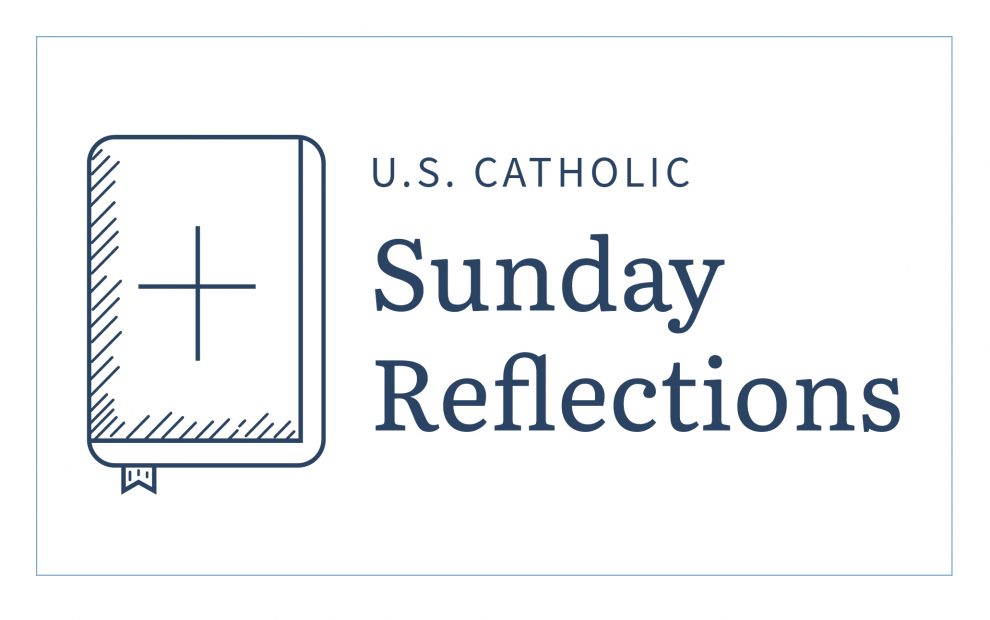Readings (Year B):
Exodus 24:3 – 8
Psalms 116:12 – 13, 15 – 16, 17 – 18
Hebrews 9:11 – 15
Mark 14:12 – 16, 22 – 26
Reflection: The body of Christ and the victims of violence
In “Unmournable Bodies,” a 2015 article for the New York Times, Teju Cole distinguishes between two kinds of bodies: “mournable” and “unmournable” bodies. The first category includes innocent victims of terrorism. In the second category, we have innocent victims of state-sanctioned violence, which today would include the over 30,000 Palestinians who have been killed in Gaza since October 7, 2023.
While we all generally agree that victims of terrorism deserve to be mourned, Cole insists that we pay equal attention to every suffering human body and mourn all victims of violence. According to him, no death is more meaningful and more worthy of commemoration than another. Every human death, especially as a result of violence of any form, deserves to be mourned.
This is the message of our gospel this weekend as we celebrate the Solemnity of the Most Holy Body and Blood of Christ. The most sacred moment in Matthew’s account of the institution of the holy Eucharist is Jesus taking bread, blessing and breaking it, and giving it to his disciples, saying, “Take it, this is my body.” After this, he takes the cup of wine, which he hands to his disciples, and says, “This is the blood of the covenant which will be shed for many.”
We can say that in this passage, Jesus is not just inviting his disciples to eat his body and drink his blood. He also invites them to contemplate his body and blood and mourn his imminent passion and death.
It important to note that the body Jesus offered to his disciples for their nourishment was about to be flogged, bruised, maltreated, and crucified. As our liturgy and many Christian writers throughout history have continued to emphasize, there is a profound connection between the cross of Christ and the Eucharist. It is the body of our crucified lord that we receive at Mass. The blood we drink was shed through the immense suffering of our savior.
For us Christians, there is also an essential connection between the crucified body of Christ and the mutilated, battered, raped, incarcerated, marginalized, and excluded bodies of so many victims of injustice and violence in our world. Throughout his ministry, Jesus always identified with the poor and suffering. This is why, for us, the body of the crucified Christ is the lens through which we see the many broken bodies in our world.
Dear friends, as we strive to be truly attentive to the body of Christ, which we receive at every Mass, and contemplate the suffering and death of our lord and savior, we must also become attentive to the misery and suffering of every human being. Above all, we must remember that it is not enough to mourn every victim of violence. Even more importantly, we must continue to work to eradicate every form of injustice and violence in our different societies.











Add comment